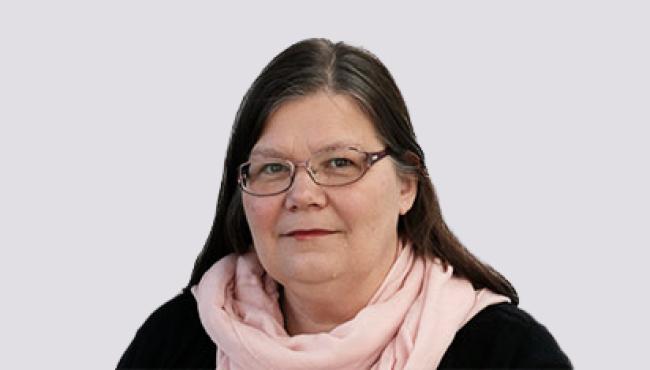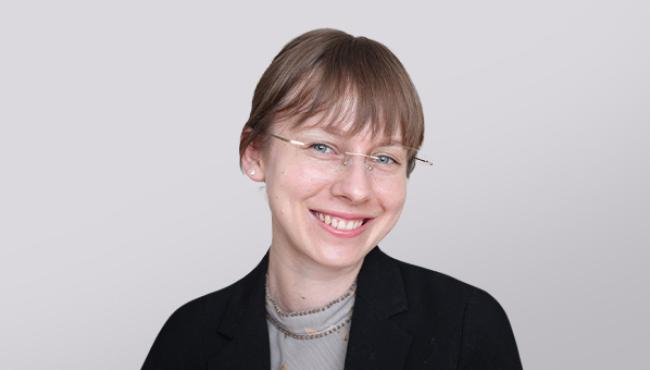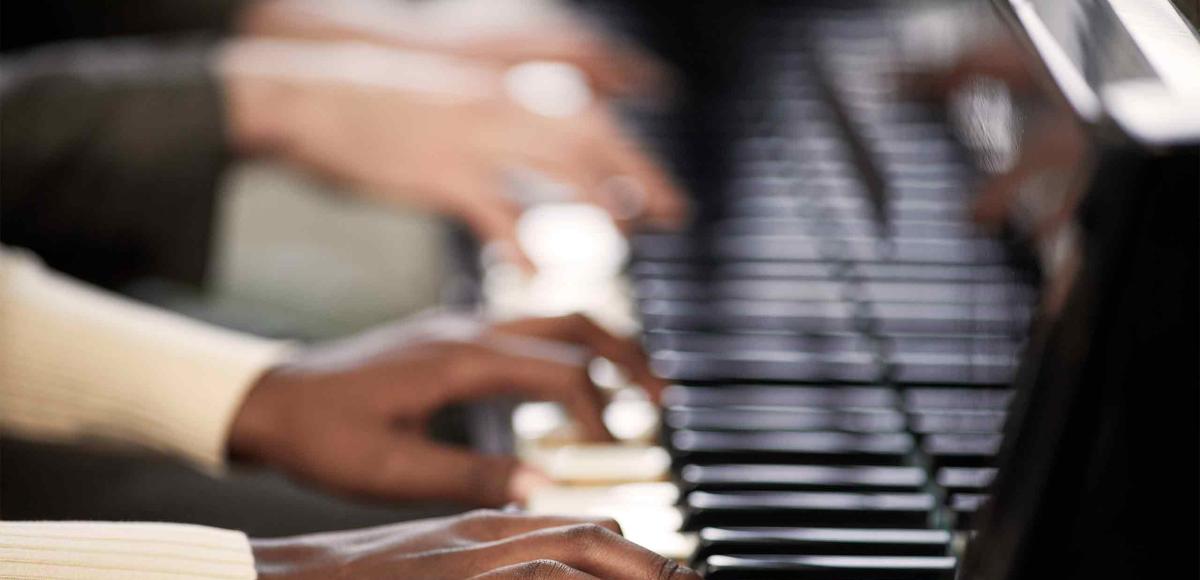
One plus one is more than two
Global risks, such as the failure to mitigate climate change and the failure of climate-change adaptation, are systemic and cannot be dealt with using traditional risk analysis methods due to their complexity and deep interconnectedness.
This calls for a different approach: one which takes multiple individual perspectives into consideration to build a broader, shared and cooperative knowledge base. It calls for organisational resilience.
Setting the scene
Every year, the World Economic Forum publishes an insight report where it evaluates both short-term and long-term risks. The report examines global events and conditions that can negatively impact global GDP, population, or natural resources. In the most recent January 2023 publication, five environmental risks topped the severity list of global, long-term risks:
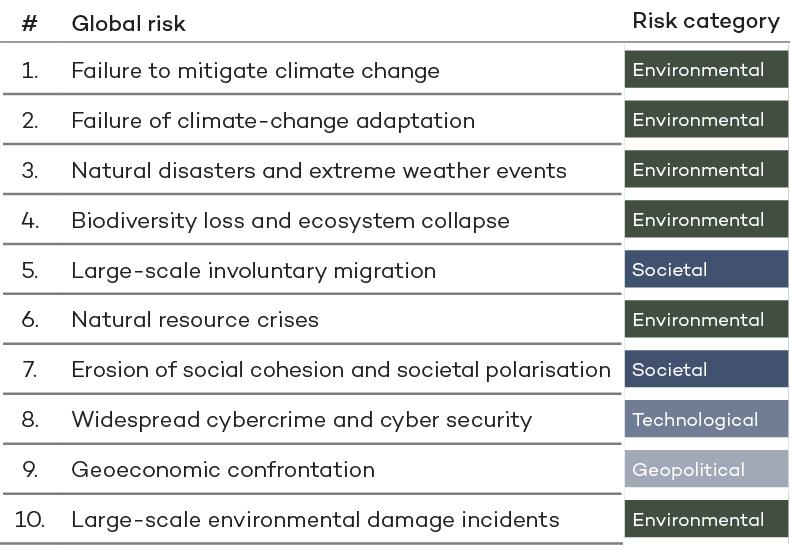
Global risks are complex and deeply interconnected systemic risks because the overall impact of one risk exceeds the sum of each individual risk. This means that it is not just understanding the individual risks themselves that matters, it is also understanding the holistic view and how, for instance, socioeconomic risks relate to the supply and demand of natural resources.
Since systemic risks are so interconnected, they cannot be dealt with by using traditional risk-analysis methods as they were not designed to deal with such uncertainties and unknowns. Systemic risks call for a different way to be dealt with – one such way could be systemic resilience.

Developing resilience to manage risks
How can organisations build resilience and deal with systemic risks? We posed this question to Mikael Seppälä, co-founder of Systems Change Finland and Project Manager at Laurea University of Applied Sciences, who currently researches systemic innovation management and ecosystems. His interests are also focused on developing practical solutions to complexity and systems thinking.
To start off with, Mikael Seppälä views systemic resilience as a concept related to how organisations adapt to shocks and disorder in their business environment and is based on the idea that organisations and individuals are part of a larger, broader network. Systemic resilience is then built when organisations and individuals interact with each other, and exchange information to strengthen network connections. Seppälä refers to a study conducted by two US Army researchers – Igor Linkov and Benjamin Trump – wherein systemic resilience was defined as the ability of organisations and individuals to recover and adapt after a risk materialises.
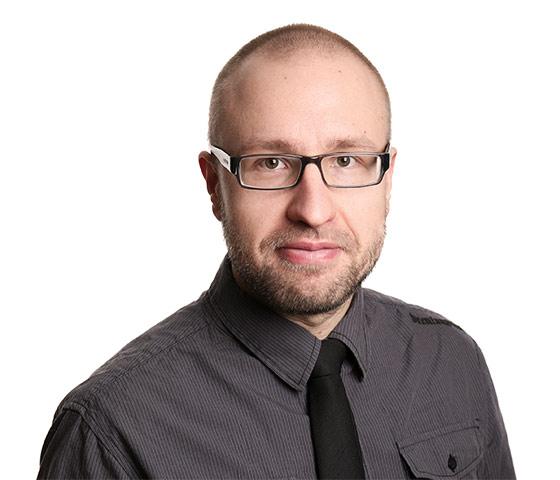
In this study, the researchers also formulated a framework to evaluate the readiness of resilience and to reveal development areas and innovations needed within organisations. Clearly, there are several definitions and viewpoints to what systemic resilience is, but we may all agree that it is a continuous process and one which requires flexibility.
For a global organisation with thousands of employees, offices in multiple countries and numerous business areas operating in a world full of global risks across industries with sustainability at the core of its strategy, Seppälä advised the following two points to improve resilience. This company could well be AFRY.
The first is obvious – one needs to understand their business environment and how networks can be utilised in risk situations. This cannot be done in a closed system where actions can be planned and risks managed beforehand because this approach would lead, at best, to a slow recovery in disruptive situations. It must, therefore, be done in an open system, where uncertainty is present and where one can increase flexibility through interactions within one’s network.
This means that situation analysis and cooperation are core to the process, Seppälä stresses. Social capital, interaction and shared situation analysis are valuable capital and while physical and digital tools are important, developing social practices is decisive.
In effect, a shift needs to take place from placing emphasis on individual expertise and knowledge to a broader, shared and cooperative knowledge base. However, for this to happen, trust, openness and interaction between employees and team members are essential.
Mikael Seppälä also says that the role of information and what one does with it becomes more important. Information storage is not enough and while tacit knowledge, something specialists gather on their professional career path, is still important, it is information synthesis and insights that becomes crucial, he emphasises. In effect, resilience is about sense-making where different viewpoints are combined to create a shared, common understanding. One plus one is more than two.
After the discussion with Mikael Seppälä, we reflected on our AFRY cross-continental teams as well as official (and occasionally unofficial) cross-divisional groups such as the Textile Tactics team which was set up in 2021. Initiatives like these give us reassurance that we are on track to be resilient and prepared for disruptions within our business, potentially even giving us a strategic advantage and the ability to capitalise on opportunities when our competitors are least prepared. The next step would be then to broaden our networks and include external parties and even clients. Join us in "Making Future".

Textile Tactics
As of June 2023, the Textile Tactics team was composed of 35 members, representing four business areas and perspectives from Finland, Sweden, Germany, Spain, Italy, Thailand as well as China.

Bioindustry Management Consulting
Our service offerings, from corporate strategy to process design and from market insights to operational efficiency backed up by an understanding of best practices, detailed in-house databases, and analysis led by experts in the field, ensure your outstanding performance. We want to be your trusted partner.
